Pierre Robin Syndrome Surgery
Pierre robin syndrome surgery. In all patients with suspected Pierre Robin syndrome a complete airway assessment must be performed. A wide U-shaped cleft palate is commonly also present. In cases of severe obstruction your doctor may recommend surgery to enlarge the lower jaw so that the tongue can come into the mouth or a tracheotomy to create an opening in the windpipe.
PRS is not merely a syndrome but rather it is a sequencea series of specific developmental malformations which can be attributed to a single cause. The procedure that is performed is a neonatal mandibular distraction. Surgery showed no evidence of GER.
Changes mutations in the DNA near the SOX9 gene are the most common genetic cause of isolated cases of Pierre Robin sequence. This perioperative review is a collaborative effort from multiple specialties including anesthesiology plastic surgery otolaryngology. The goal of surgery is usually to open the airway by pulling the tongue forward in the mouth.
The neonate and infant with PRS require care from multiple specialists including anesthesiology plastic surgery otolaryngology speech pathology gastroenterology radiology and neonatology. The three main features are micrognathia which causes glossoptosis which in turn causes breathing problems due to obstruction of the upper airway. Treatment of Pierre Robin syndrome is multifaceted and individualized with surgery being performed only to solve the functional problems that a patient may have.
Surgery If a cleft palate is present repair can take place anytime between 6 and 19 months of age depending both on the severity of the breathing difficulties and on the preferences of the surgeon. These include a nasopharyngeal airway or nasal trumpet a small tube threaded through the nose into the upper airway. Tongue-lip adhesion is a procedure where the tongue is sutured to the mucous membrane and muscle of the lower lip to hold the tongue in an anterior position in an attempt to reduce the amount of airway obstruction.
Surgical treatments may be indicated for Pierre Robin syndrome patients with more severe clinical conditions often those associated with airway impairment. Surgery is also done to improve the patients breathing. The exact causes of Pierre Robin syndrome are unknown.
6 7 and 8. If there is an associated laryngotracheal anomaly present a tracheostomy may be required.
These include a nasopharyngeal airway or nasal trumpet a small tube threaded through the nose into the upper airway.
The plates are then gradually moved apart usually one. If there is an associated laryngotracheal anomaly present a tracheostomy may be required. Surgical options include tongue-lip adhesion mandibular distraction osteogenesis and tracheostomy. Small titanium plates and screws are placed in the back of the lower jaw and a bony cut is made osteotomy between the plates. 6 7 and 8. Treatment is focused on the specific needs of each patient but may include surgery to assist with breathing and feeding modifications to prevent choking. The exact causes of Pierre Robin syndrome are unknown. Surgery showed no evidence of GER. The neonate and infant with PRS require care from multiple specialists including anesthesiology plastic surgery otolaryngology speech pathology gastroenterology radiology and neonatology.
Pierre Robin sequence is a congenital defect observed in humans which is characterized by facial abnormalities. The authors conclude that an early closure of the impaired palatopharyngeal ring and the elimination of the mechanism that causes the posterior rotation of the tongue can reduce the need for such surgical procedures as glossopexy gastrostomy tracheostomy and Nissens fundoplication. If there is an associated laryngotracheal anomaly present a tracheostomy may be required. Surgical options include tongue-lip adhesion mandibular distraction osteogenesis and tracheostomy. Surgery is also done to improve the patients breathing. The neonate and infant with PRS require care from multiple specialists including anesthesiology plastic surgery otolaryngology speech pathology gastroenterology radiology and neonatology. Tongue-lip adhesion is a procedure where the tongue is sutured to the mucous membrane and muscle of the lower lip to hold the tongue in an anterior position in an attempt to reduce the amount of airway obstruction.


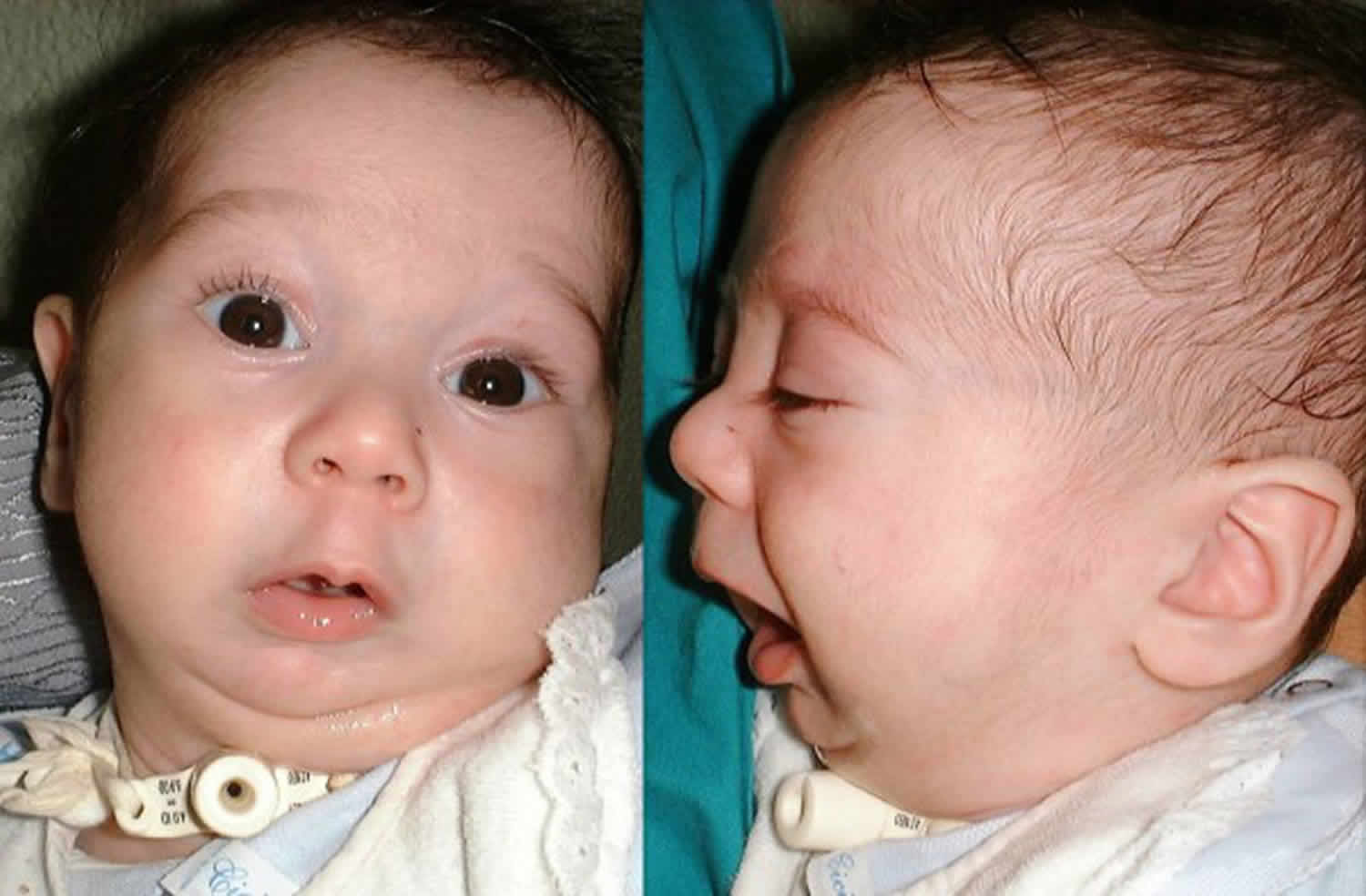

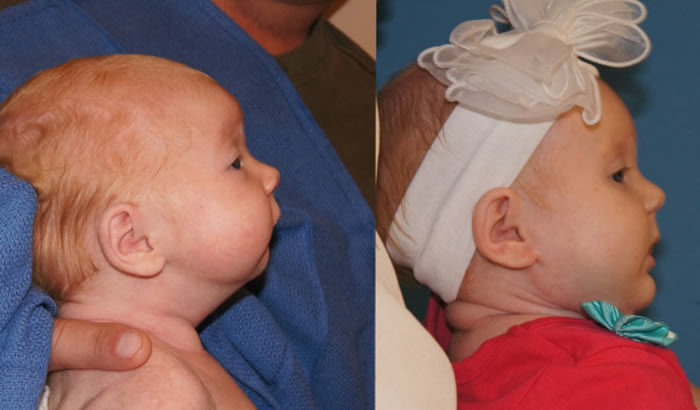


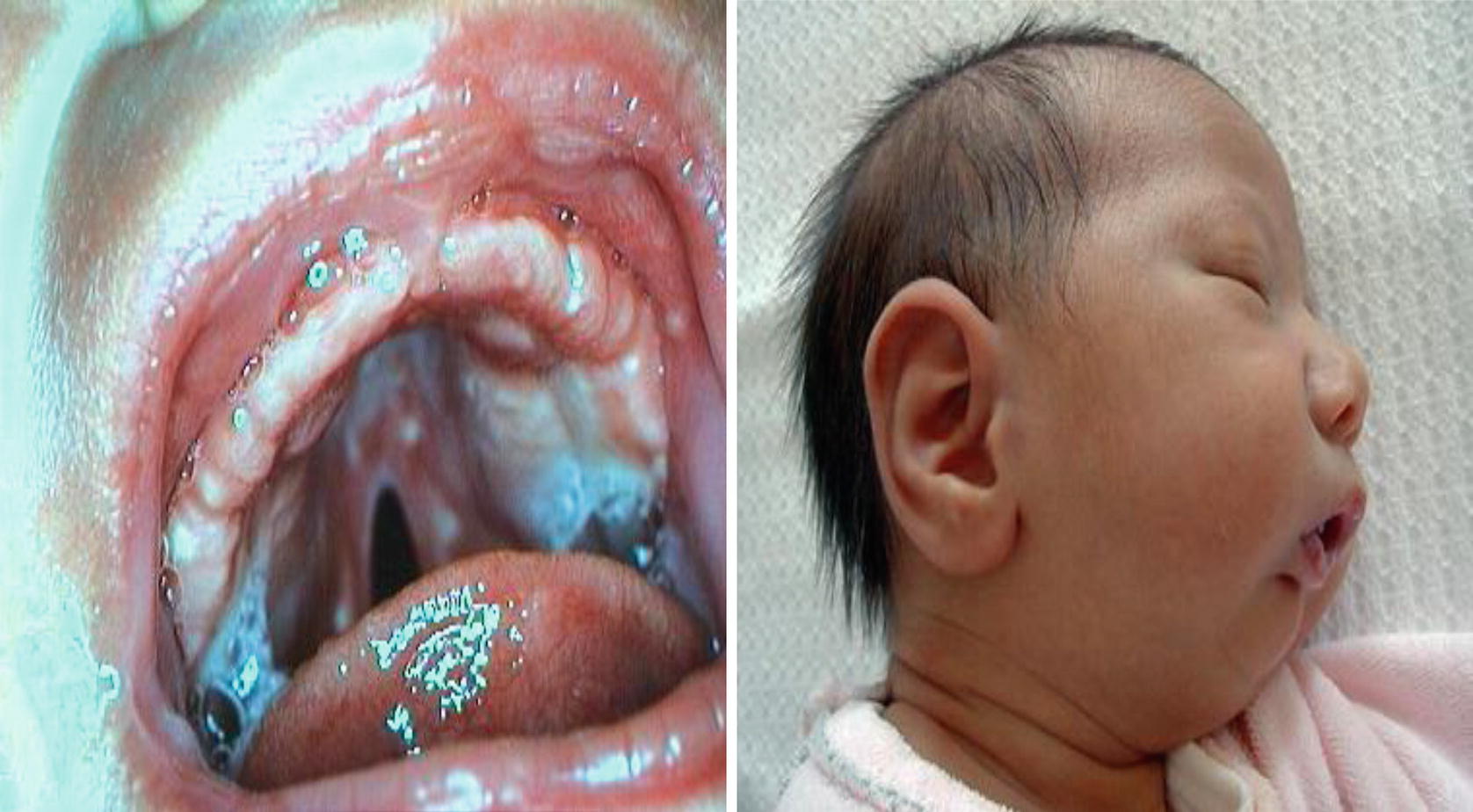




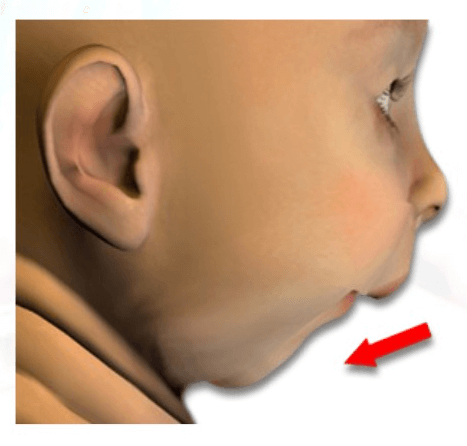





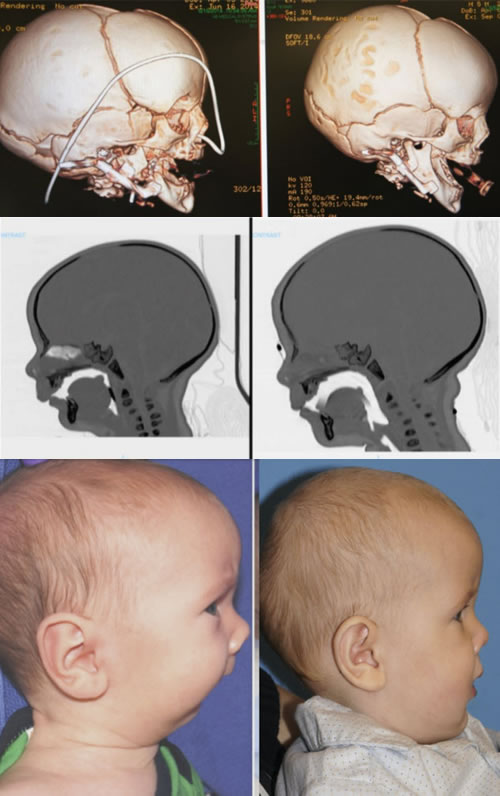











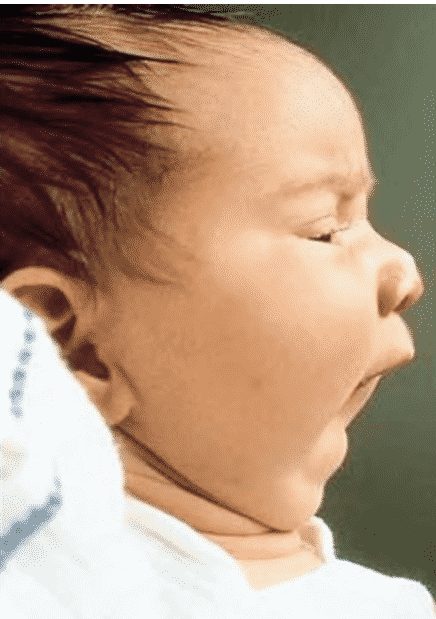
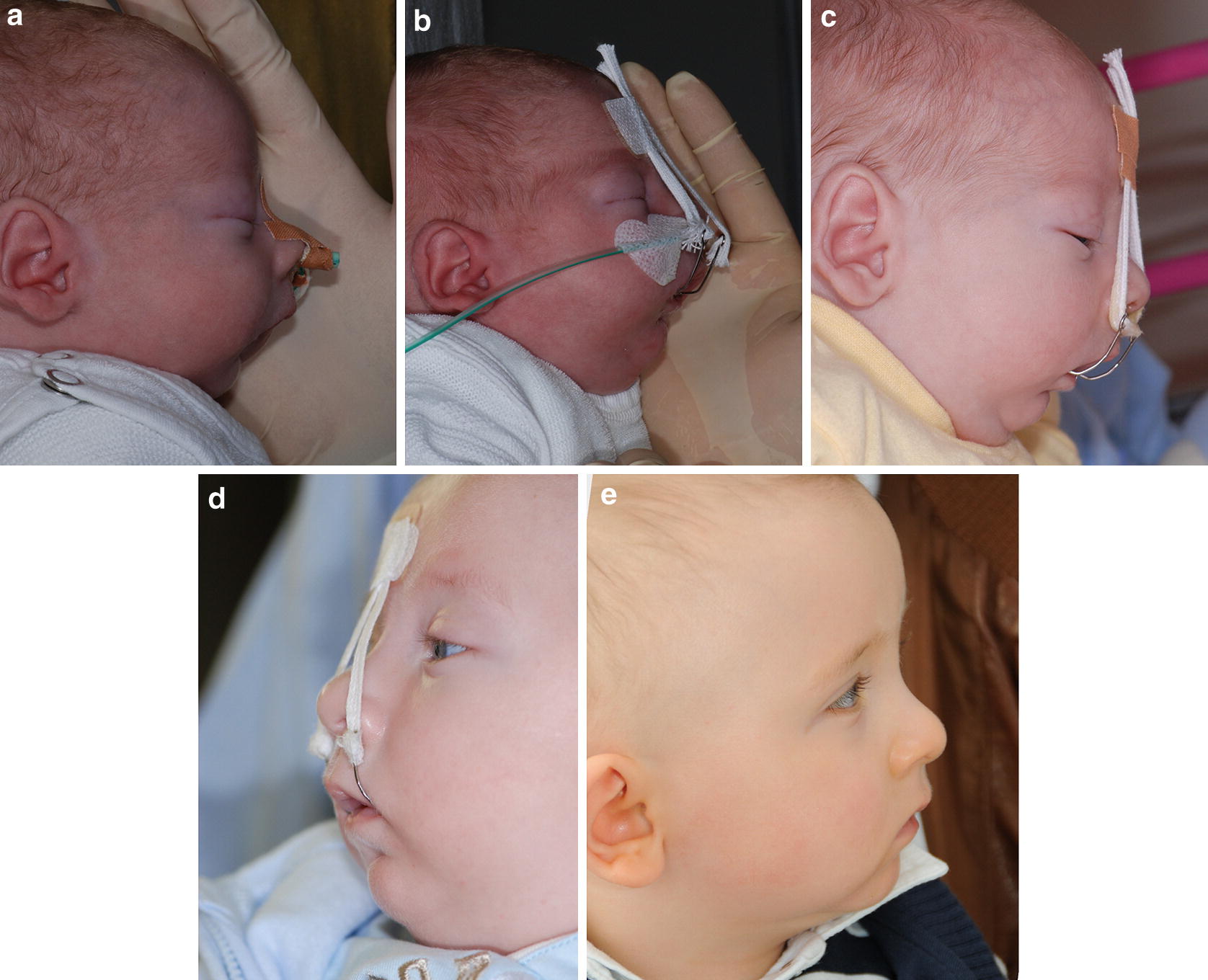




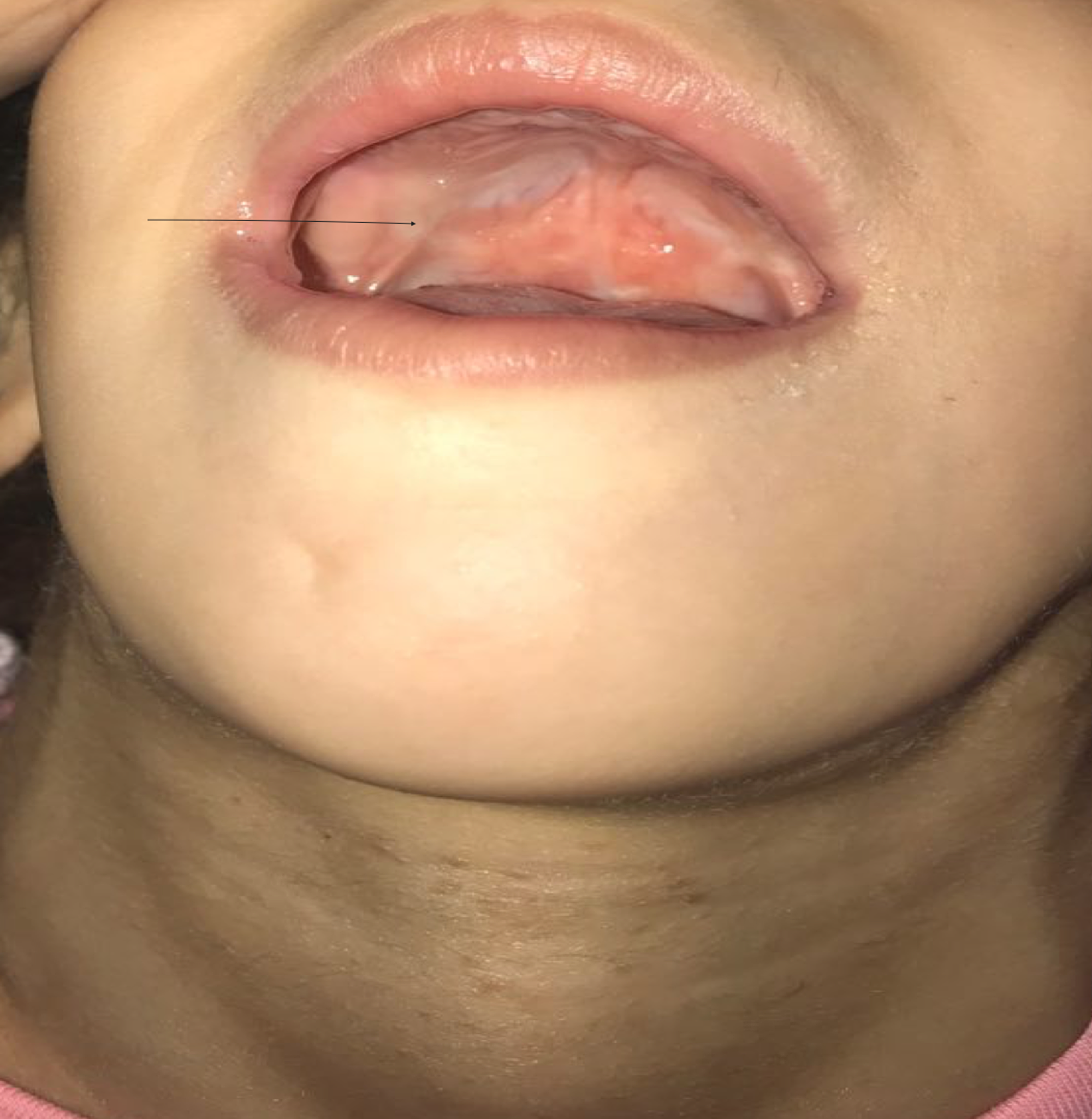



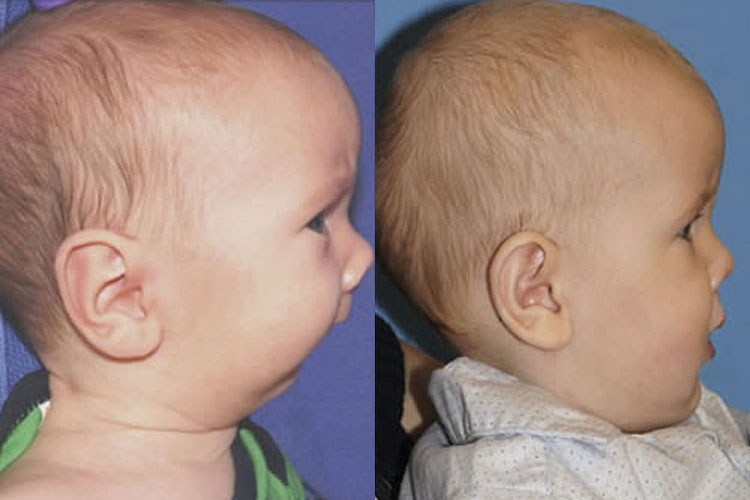



Post a Comment for "Pierre Robin Syndrome Surgery"